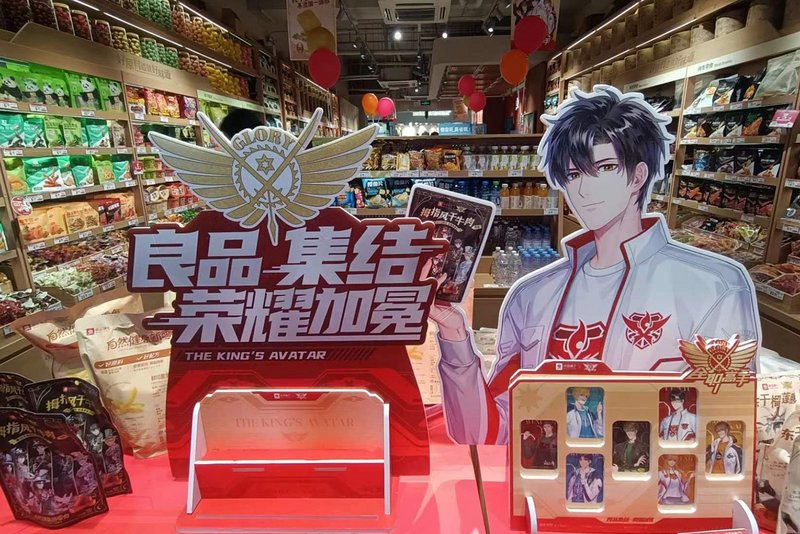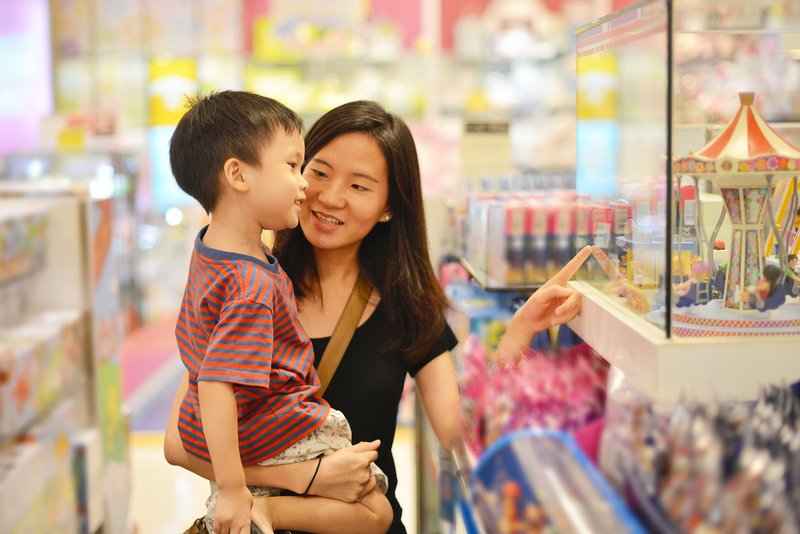
A Phenomenal Success of Collectibles in China
POP MART initiated a nationwide craze with Blind Box
By Jane Wong
Embracing the growing number of Kidults, Beijing-based collectible toy company POP MART has brought collectibles beyond fandoms to a new level, creating a nationwide craze in the Chinese toy industry. It is estimated that the collectible toy segment in China will reach 47.8 billion RMB (approximately 7.41 billion USD) in 2022, with about 1,500 companies in the market. Despite increasing competition in the Chinese art toy market after POP MART’s initial success in 2016, the company continuously strives to keep an edge above the competition, as a trendsetter in the field. With the phenomenal success of art toys in China, POP MART is extending its business around the world.
Blind Box as the Key to Penetrate Mass Market Retail

Before POP MART, collectibles in China were a subculture that merely gained popularity among niche fans and were sold in specialty stores. It was blind boxes, a form that POP MART applied to selling collectibles, that created the boom for the collectible toys industry in the country. Buying a blind box is similar to unboxing a surprise toy without knowing which specific figure you will get. Customers are obsessed with the suspense and excitement in collecting rare ones, which can then be resold for more than ten times that of their original price. It is not exaggerating to consider blind boxes as a key element for collectible toys, opening the collector world to the overall consumer market. Blind boxes then swept through the brick-and-mortar channel. They can be found in every shopping mall or toy shop, and sometimes, even taking up the best-selling spot. In addition to collectible toys, other merchandise, such as stationery, and even apparel, is also sold in blind boxes.
This sales strategy is effective. According to the latest half-year financial report, POP MART generated a total revenue amounting to USD 275 million with an increase of 116.8% YoY. In 2020, the company sold over 50 million toys, bringing in a total annual revenue of USD 382 million, demonstrating 49.3% growth YoY.
IP Operation as the Essential

If blind boxes were POP MART’s catalyst to the art toy craze, their IP (Intellectual Properties) operation, as well as creation and design, are the pillars of POP MART’s success.
Before the art toy boom in China, POP MART began its business foundation in 2010 by building up IP operations. POP MART discovers talented artists with potential to have large fanbases around the world. Through a sophisticated and complete IP operation system, the artists create many series of popular IPs and new, interesting characters for the industry. Overall, POP MART operates over 100 IPs, with the top 4 being Molly, Dimoo, PUCKY, and The Monsters.
At the same time, POP MART has endeavoured to promote the culture of art toys through artists and consumer engagement to build a community of art toy lovers globally. For example, POP MART hosts PTS (Pop Toy Show, Asia’s largest art toy show) twice a year to attract world-class art toy designers and fans around the world. Moreover, POP MART’s online community keeps fans engaged and creates brand loyalty.
Omnichannel to Cover Large Consumer Base
The challenges and opportunities presented by the pandemic prompted POP MART to make significant progress in its supply chain flexibility and digital integration for customer membership programs.
- Supply chain flexibility: To cover a wide consumer base, POP MART has adopted an omnichannel format, including brick-and-mortar retail stores, Robo shops, online shops, and a “blind box machine” mini-app. The number of retail stores and Robo shops are continuously increasing. In China, POP MART runs 215 retail stores and 1477 Robo shops. In the first six months this year, the revenue from online shops and the “blind box machine” mini app achieved an over 100% increase in sales, slightly exceeding the offline channels.
- Digital integration for customer membership programs: There are approx. 4.02 million newly registered members in POP MART’s membership program, the total number reaching 11.42 million members. This fan base contributes to over 90% of the total sales with a repurchase rate of 49% in the first six months of 2021.
Global Footprint

With its huge success in China, POP MART has set its sights on the international markets. POP MART is expanding its reach towards global consumers through its own global website, third-party e-commerce platforms (Amazon, Shopee, and AliExpress), and social media. The key lies in localisation. For instance, POP MART hires local social media teams so their content can relate to a local audience and develops exclusive products and campaigns for specific countries/regions to fit the preferences of different cultures and consumption habits. POP MART cooperates with many excellent partners overseas to open stores and create a more diversified business. Now the company has retail stores in Korea, Singapore, Japan, and Canada, and in the future, the United States, Europe, and Australia may also see POP MART stores.
In addition to the retail business, POP MART also partakes in licensing. The company cooperates with world-renowned brands, such as Harry Potter, Sanrio, and many others as a licensee, and with Fresh, Kiehl’s, and many others as licensors.
In the year 2020, POP MART’s overseas business has achieved a remarkable increase of 175% YoY.
Future Plans

From the product perspective, POP MART is investing more in high-end art toys via digitisation exploration. The MEGA Collection 1000% Space Molly released this year is equipped with an NFC chip for identification. Each art toy has a unique product ID that can be used to confirm authentication through the official POP MART website. In the future, the company plans to branch out to more online platforms to further promote the digitisation of art toys.
In addition, POP MART plans to expand its reach overseas in the future, including new stores as well as its digital reach through e-commerce channels and digital marketing. It will continue reaching new audiences, enriching the brand through technological innovation, and creating joy for customers through vibrant, unique artists and IPs.
About the author:
Jane Wong is the Deputy Editorial Director of TOY INDUSTRY, the largest monthly magazine for the Chinese toy industry. Based in Guangdong Province, where most of the world's toy manufacturers are located, she has direct access to the latest and hottest news on products, manufacturers and industry trends. Jane Wong is also involved in research & analysis of the toy market in China and other countries and writes articles, reviews and blogs for the Toy Industry Omnimedia Center, the most influential digital media for the Chinese toy industry.




![[Translate to Englisch:] [Translate to Englisch:]](/fileadmin/_processed_/8/2/csm_20240325_Teaser__V2_9f71d54216.jpg)